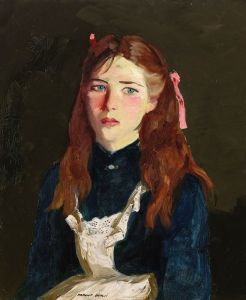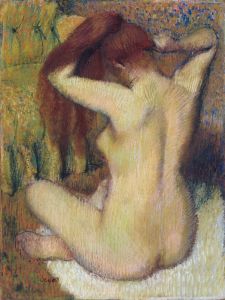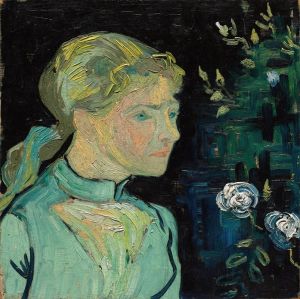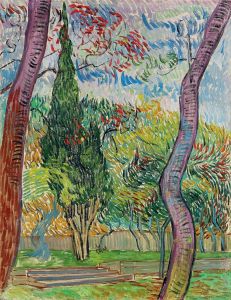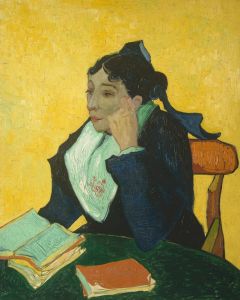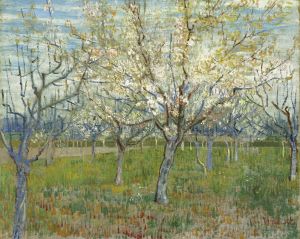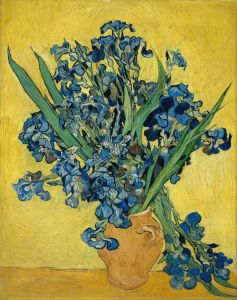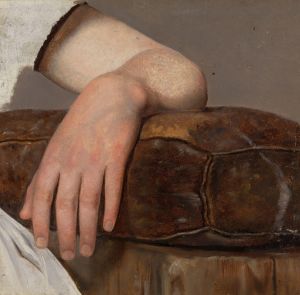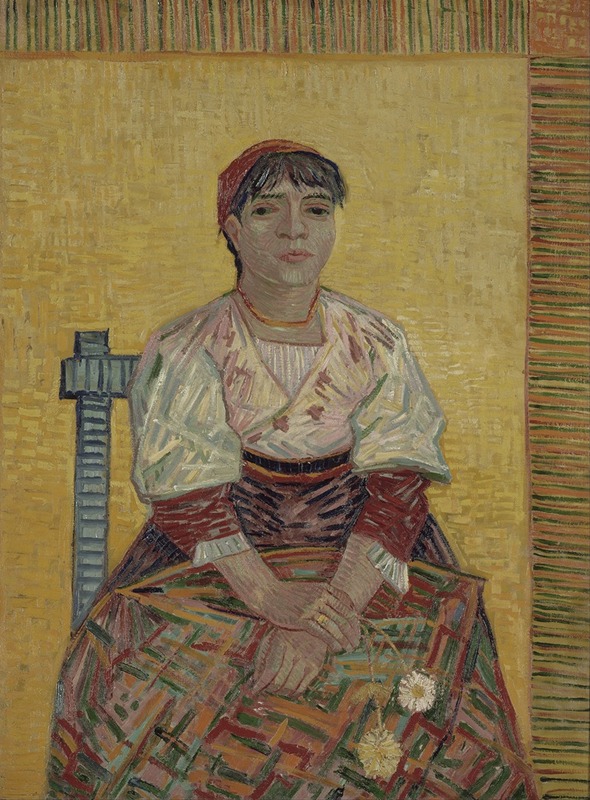
The Italian Woman
A hand-painted replica of Vincent van Gogh’s masterpiece The Italian Woman, meticulously crafted by professional artists to capture the true essence of the original. Each piece is created with museum-quality canvas and rare mineral pigments, carefully painted by experienced artists with delicate brushstrokes and rich, layered colors to perfectly recreate the texture of the original artwork. Unlike machine-printed reproductions, this hand-painted version brings the painting to life, infused with the artist’s emotions and skill in every stroke. Whether for personal collection or home decoration, it instantly elevates the artistic atmosphere of any space.
"The Italian Woman" is a painting created by the renowned Dutch artist Vincent van Gogh in 1887. This work is part of a series of portraits that van Gogh painted during his time in Paris, where he lived from 1886 to 1888. The painting reflects van Gogh's exploration of color and form, influenced by his interactions with other artists and the vibrant art scene in Paris.
In "The Italian Woman," van Gogh depicts a young woman with dark hair and striking features, dressed in traditional Italian attire. The portrait is notable for its bold use of color and expressive brushwork, characteristics that define much of van Gogh's work during this period. The background of the painting is rendered in a rich, deep blue, which contrasts with the warm tones of the woman's clothing and complexion, creating a vivid and dynamic composition.
Van Gogh's time in Paris was a period of significant artistic development. He was exposed to the works of the Impressionists and Post-Impressionists, which had a profound impact on his style. The influence of artists such as Claude Monet, Camille Pissarro, and Georges Seurat can be seen in van Gogh's experimentation with color and light. "The Italian Woman" exemplifies this shift, as van Gogh moved away from the darker, more somber tones of his earlier works to embrace a brighter, more vibrant palette.
The identity of the woman in the painting remains unknown, as van Gogh did not provide specific details about his models in his letters or other writings. It is possible that she was one of the many models who posed for artists in Paris at the time. Van Gogh was known to have painted several portraits of people from various backgrounds during his stay in the city, capturing the diversity and vitality of urban life.
"The Italian Woman" is housed in the Van Gogh Museum in Amsterdam, which holds the largest collection of van Gogh's works. The museum provides insight into the artist's life and creative process, offering visitors a comprehensive view of his artistic journey. This particular painting is an important example of van Gogh's portraiture and his ability to convey emotion and character through his innovative use of color and brushwork.
Overall, "The Italian Woman" is a testament to Vincent van Gogh's evolving style and his engagement with the artistic movements of his time. It reflects his interest in capturing the essence of his subjects and his mastery of color, which would continue to develop in his later works. The painting remains a significant piece within van Gogh's oeuvre, illustrating his transition from the influences of Parisian art to the unique and expressive style that would define his legacy.






